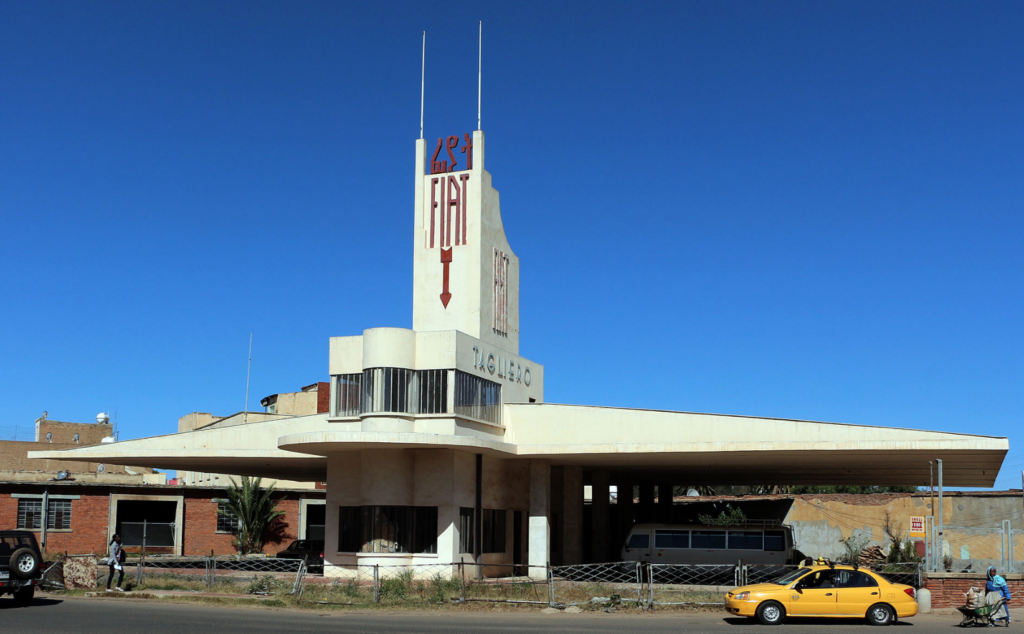Every place seems to resemble its golden age. Last January, I visited Miami Beach, where the dominant style is art deco. Last spring, I visited Palm Springs, where the style is midcentury modern. In the fall, I visited Prague, Budapest and Vienna, which are full of art nouveau buildings. At one time, all those styles were modern. But I would argue that midcentury modern is different, a sort of eternal modern. The end of the road, or at least the end of a very important road.
It’s been said that all art is modern art. At the time, Renaissance painting was recognized as modern. Ruskin wrote about “modern artists” like Turner. Art nouveau can be roughly translated as modern art. So why do I think mid-century modern is different?
Even when I was young (in the 1960s), art nouveau architecture looked old fashioned. In contrast, buildings designed by Mies van der Rohe still look right up to date, even though we are seeing them through the same 70-year gap as I viewed art nouveau as a child. The International Style has remained the dominant architectural style. More recently, even clothing styles seem to have stopped changing. Why?
[As an aside, in this post I’m considering our macro environment. I understand that at the micro level (computer chips, biotech, etc.) rapid change continues. It might even accelerate with AI.]
In retrospect, the 1950s seem like a pivotal decade. The Boeing 707, nuclear power plants, satellites orbiting Earth, glass walled skyscrapers, etc., all seemed radically different from the world of the 1890s. In contrast, airliners of the 2020s look roughly like the 707, we seem even less able to build nuclear power plants than in the 1960s, we seem to have a harder time getting back to the moon than going the first time, and we still build boring glass walled skyscrapers.
Now think about art. Abstract expressionism seems radically different from the painting styles of the nineteenth century. But it also represented the end of a road, the end of visual experimentation. Art had been moving toward abstraction for a long time, and once it arrived there was no place to go in a visual sense. After the 1950s, the important innovations in painting were ideas, not visual styles. And since there are an infinite number of possible ideas, there is no dominant style after abstract expressionism.
[Yes, abstraction was first developed in the 1910s, but the 1950s is when it became the dominant style.]
So both engineers and artists ran out of ideas at about the same time. More specifically, engineers ran out of macro ideas, and artists ran out of ideas for visual experimentation.
In architecture, technology can drive changes in style. The steel framed, glass walled skyscraper was perhaps the most important technological innovation in the history of building, and its aesthetic possibilities were discovered almost immediately. It’s true that computer design has allowed further innovations, including the work of Frank Gehry and Zaha Hadid, but for every one of their postmodern buildings, we continue to build a hundred Mies van der Rohe buildings. (Just as the mannerist painters didn’t deflect art from the course set in the Renaissance.) At the macro level, we still live in a mid-century modern world; the world of The Jetsons never happened. Corporations still put 1950s-style abstract paintings on the walls of their 1950s-style office buildings.
In another sense, however, we have rejected the modernism of the 1950s. The optimistic, can do attitude toward rapid change has been replaced by a decadent environmentalism. I recently came across an old Life magazine article that perfectly encapsulated the sort of midcentury modern optimism that has not endured. It described plans to build a fantastic airport on the west side of Manhattan.
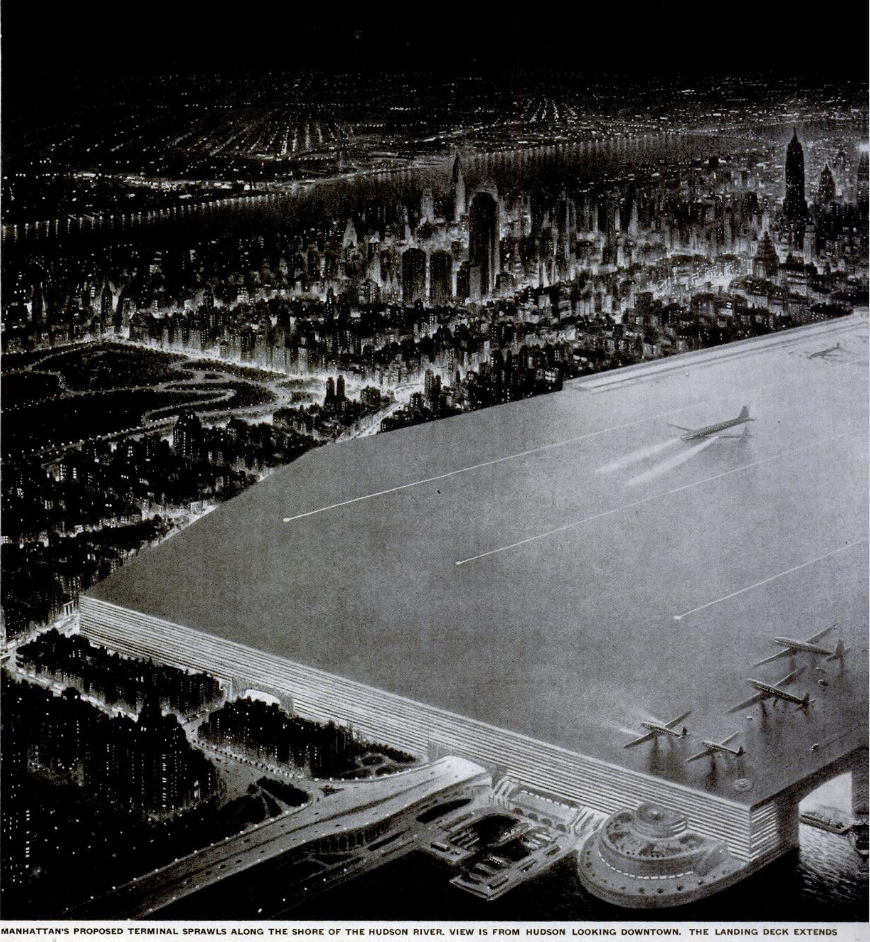

Wow!!!
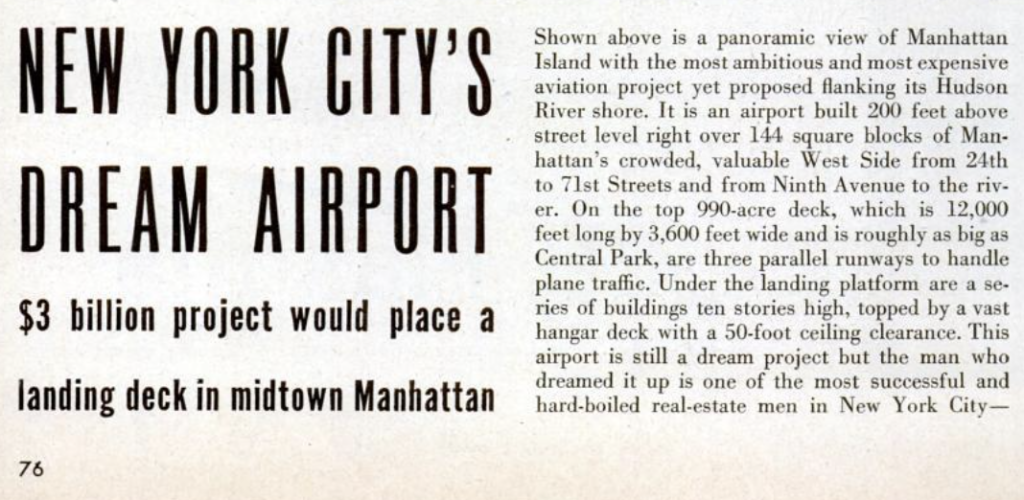
Love that price tag!
You probably thought I was stacking the deck by contrasting phrases like “Optimistic can do attitude” and “decadence”. But why would you assume that I view decadence as a bad thing? After all, the 1970s is my favorite decade. And even a confirmed YIMBY like Matt Yglesias would probably disapprove of this airport project.
For better or worse, during the 1970s the US and Europe decided to end their headlong rush toward growth. But in stopping growth, we also stopped (macro) change. And we need to change in order to address problems like global warming. Hence progressives have recently pivoted from hostility to enthusiasm for building lots of new stuff.
You might see all this as just boomer nostalgia for the 1960s, for the period of my youth. The golden age of pop music and the golden age of film. That’s clearly a part of this post. My visit to Palm Springs triggered an overwhelming sense of nostalgia. It made me recall a time when the future seemed bright. (Slim Aarons’s iconic photo of the Kaufmann house is perhaps the best way of grasping the mid-century modern aesthetic.)
But I continue to believe that the middle of the 20th century really was special. For instance, if you look at a 10,000 year graph of world population growth rates, they are mostly just above zero, and then soar to a peak of 2.1% in the mid-1960s, before plunging much lower. (The dotted line.) I suspect that the world will never get back to 2% population growth—the 1960s was a very special period. I also suspect that we’ll never again see our macro environment change so rapidly. (I’m not ruling out rapid (micro) technological change, which depends on how AI plays out.)
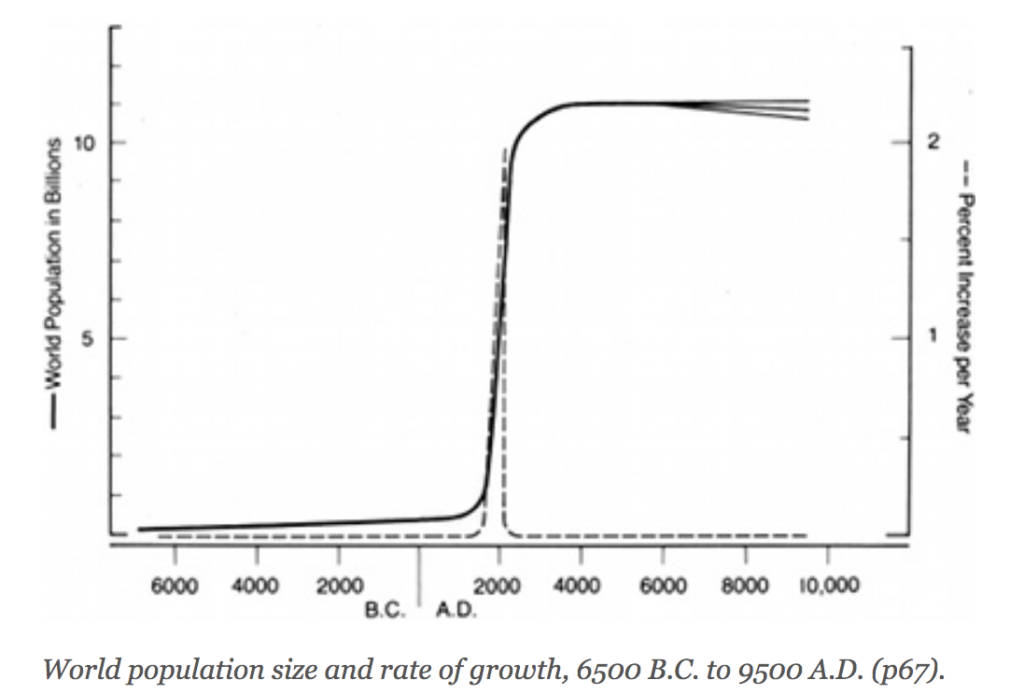
When we return to the moon at some point in the future, it won’t seem as special as the 1969 moon landing. Abstract expressionism will probably end up being the final example of a recognizable style of painting, from a time when people still believed that art was progressing.
When I was young, a 94-year old chair (from the 1870s) looked like a Victorian antique. Now a 94-year old chair looks completely modern, and always will look modern.
The eternal modern:
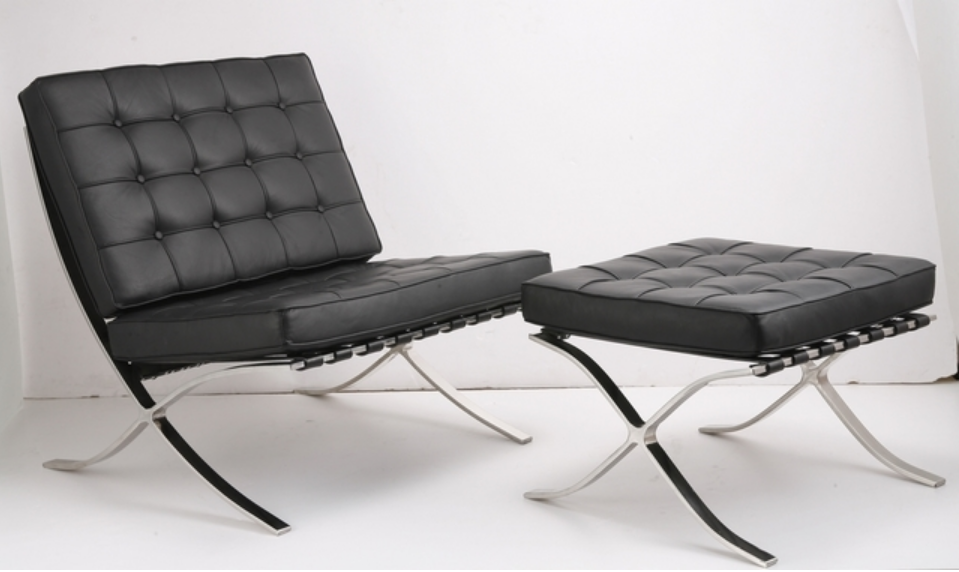
PS. I recently saw an photo essay about Shanghai at the “turn of the century”, which the author called its “Golden Age”. For people of my generation, that phrase always meant the period around 1900. Then I saw the first picture, and it certainly looked like Shanghai from far back in history. But in this case the “turn of the century” was 2000. China’s development is so recent their “modern times” are right now.
PPS. I don’t believe old people have any special wisdom. But here’s one thing that young people might not grasp. An old person like me sees images of their youth with a sort of superposition. I see the images as I saw the world at the time, and I also see them through my 2023 eyes.
Suppose you are 25 years old. In 50 years, you’ll see an old movie from 2023 and notice some Tesla cars driving around. By then, the cars will probably look like antiques, but you’ll simultaneously recall when they looked sort of futuristic.
When I watch films from the 1950s and 1960s, I recognize the built environment as being from the distant past, but I simultaneously recall when it was modern. More importantly, I’ll recall the sort of person I was when I first saw that sort of building, when it seemed fresh and innovative.
I watch a lot of films from the 1930s. I believe it’s important to try to watch these films through the eyes of the original audience. If there’s an elegant art deco apartment in Manhattan and a hostess wearing a slinky gold lame dress, watch is as if you were a Depression-era viewer dazzled by what you were seeing.
PPPS. Hard to believe, but the Italians built this service station in 1938, in Eritrea:
